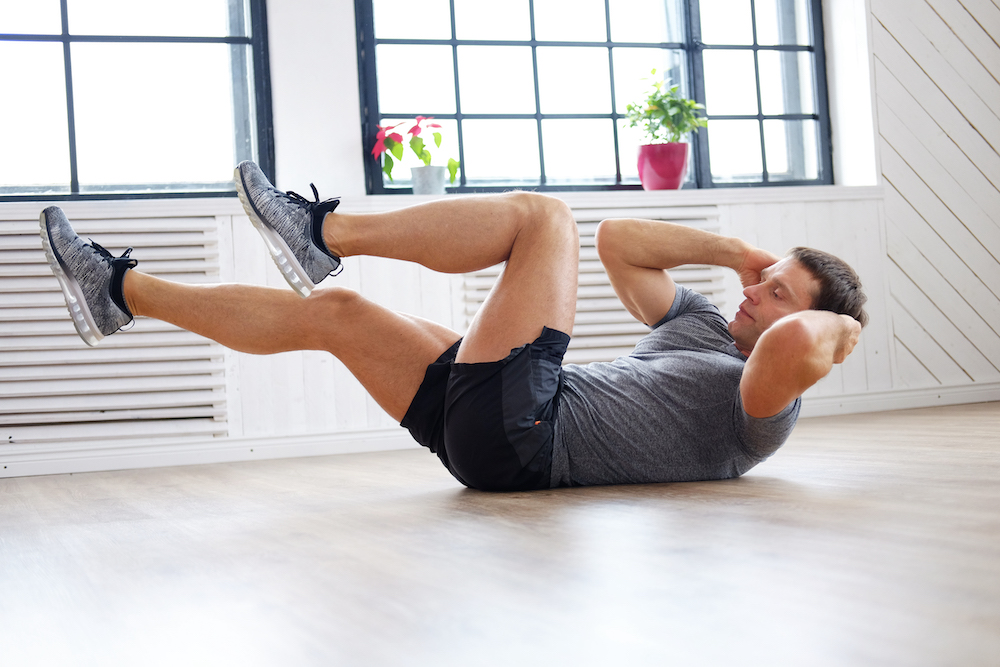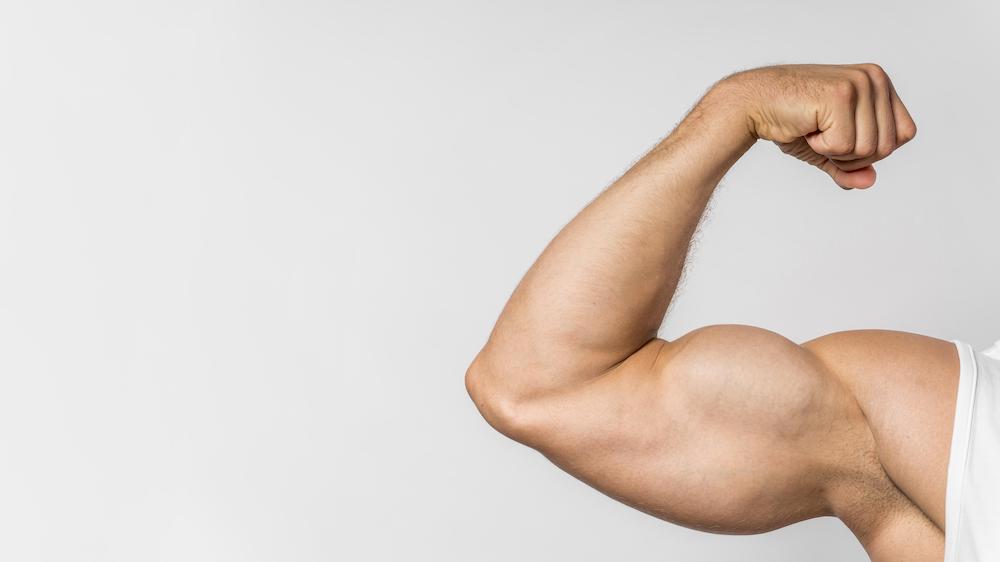Maintaining a healthy cardiovascular system is essential for overall well-being. Regular cardiovascular exercises, also known as cardio or aerobic exercises, can significantly improve heart health, enhance stamina, and promote weight management. We will explore the benefits of cardiovascular exercises and provide you with a variety of effective workouts to help you elevate your heart health and fitness level.
What are cardiovascular exercises

Cardiovascular exercises, also known as cardio or aerobic exercises, are activities that increase your heart rate and breathing rate, challenging your cardiovascular system. These exercises help improve cardiovascular endurance, strengthen the heart and lungs, and promote overall fitness.
Why doing cardiovascular exercises
Cardiovascular exercises, also known as cardio or aerobic exercises, offer a multitude of benefits for both your physical and mental well-being. Here are several compelling reasons why incorporating cardiovascular exercises into your fitness routine is crucial:

- Heart health: Cardiovascular exercises specifically target the heart and circulatory system. Regular cardio workouts strengthen the heart muscle, improve blood flow, and enhance the efficiency of the cardiovascular system. This leads to a reduced risk of heart disease, lower blood pressure, and improved overall heart health.
- Weight management: Engaging in cardiovascular exercises helps burn calories and contribute to weight loss or weight maintenance. These exercises elevate your heart rate and increase energy expenditure, assisting in creating a calorie deficit necessary for shedding excess body fat.
- Increased endurance and stamina: Regular cardio workouts improve your aerobic capacity, enabling your body to utilse oxygen more efficiently. Over time, this leads to increased endurance and stamina, allowing you to engage in activities for longer duration without feeling fatigued.
- Improved lung function: Cardiovascular exercises require increased oxygen intake, which helps improve lung capacity and function. By engaging in activities like running, cycling, or swimming, you enhance the efficiency of your respiratory system and promote healthy lung function.
- Mood enhancement: Cardio exercises release endorphins, which are natural mood-boosting chemicals in the brain. Regular participation in cardiovascular activities can reduce symptoms of depression, anxiety, and stress, promoting a positive and uplifted mood.
- Enhanced cognitive function: Cardiovascular exercises have been linked to improved cognitive function and brain health. They increase blood flow and oxygen delivery to the brain, enhancing memory, concentration, and overall mental clarity.
- Increased energy levels: While it may seem counterintuitive, engaging in cardiovascular exercises can actually boost your energy levels. Regular cardio workouts improve blood circulation, increase the supply of oxygen and nutrients to your muscles and organs, and promote better sleep patterns, resulting in increased energy and vitality throughout the day.
- Disease prevention: Cardiovascular exercises play a significant role in reducing the risk of chronic diseases, including type 2 diabetes, certain types of cancer, osteoporosis, and metabolic syndrome. These exercises help control blood sugar levels, improve insulin sensitivity, and support a healthy body composition.
- Longevity and quality of life: Research has shown that individuals who engage in regular cardiovascular exercises tend to live longer, healthier lives. The combination of improved heart health, weight management, disease prevention, and overall well-being contributes to a higher quality of life and increased longevity.
Remember to choose cardiovascular exercises that suit your fitness level, interests, and preferences. Whether it’s running, cycling, swimming, dancing, or participating in aerobic classes, finding activities you enjoy will increase your adherence and make cardio workouts a sustainable part of your healthy lifestyle.
Cardiovascular exercises
Here are some different cardiovascular exercises you can incorporate into your fitness routine:
Running or jogging
Lace up your running shoes and head outdoors or hop on a treadmill for a classic cardio exercise. Running and jogging engage multiple muscle groups and can be easily adapted to different fitness levels.
Cycling
Hit the road on a bike or use a stationary bike for a low-impact cardiovascular workout. Cycling helps strengthen your leg muscles, improves cardiovascular endurance, and can be done indoors or outdoors.
Swimming
Dive into the pool for a refreshing full-body cardio workout. Swimming is a low-impact exercise that engages the entire body, providing an excellent cardiovascular challenge while being gentle on the joints.
High-Intensity Interval Training (HIIT)
HIIT workouts involve alternating periods of intense exercise with short recovery periods. This style of training elevates your heart rate, burns calories, and improves cardiovascular fitness. Examples include high knees, jumping jacks, burpees, and sprints.
Jump rope
Grab a jump rope and get skipping for a fun and effective cardiovascular exercise. Jumping rope improves coordination, agility, and cardiovascular endurance. It can be done anywhere and is suitable for all fitness levels.
Dancing
Join a dance class or simply dance to your favorite music at home. Dancing is a fun and energetic way to elevate your heart rate, improve cardiovascular fitness, and boost your mood.
Stair climbing
Utilise stairs or a step platform for an intense cardio workout. Climbing stairs engages the lower body muscles, increases heart rate, and improves cardiovascular endurance.
Kickboxing
Sign up for a kickboxing class or follow along with online videos. Kickboxing combines martial arts moves with cardio exercises, providing a high-intensity workout that improves cardiovascular fitness while also building strength and coordination.
Rowing
Use a rowing machine or participate in a rowing class to engage your entire body and get a challenging cardiovascular workout. Rowing helps improve cardiovascular endurance, strength, and coordination.
Aerobic classes
Join group aerobic classes like Zumba, step aerobics, or cardio kickboxing. These classes incorporate dance-inspired movements, cardio exercises, and high-energy music, providing a fun and engaging way to get your heart pumping.
Remember to start at your own fitness level and gradually increase intensity and duration as your fitness improves. Incorporating a variety of cardiovascular exercises not only keeps your workouts interesting but also challenges different muscle groups and energy systems, leading to better overall fitness.
These are the muscles you train with cardiovascular training
Cardiovascular exercises primarily focus on improving cardiovascular fitness, but they also engage various muscles throughout the body. While the primary goal of cardio workouts is to elevate the heart rate and improve cardiovascular endurance, the following muscle groups are commonly involve
Lower body muscles:
- Quadriceps: These muscles on the front of the thighs are activated during activities like running, cycling, stair climbing, and jumping rope.
- Hamstrings: Located on the back of the thighs, the hamstrings are engaged during exercises such as running, cycling, and rowing.
- Glutes: The gluteal muscles, including the gluteus maximus, medius, and minimus, are worked during activities like running, stair climbing, and cycling.
- Calves: The calf muscles (gastrocnemius and soleus) are activated during activities such as running, jumping rope, and stair climbing.

- Abdominals: Cardio exercises, especially those involving rotational movements or balance, engage the abdominal muscles, including the rectus abdominis, obliques, and transverse abdominis.
- Back muscles: The erector spine muscles of the lower back help stabilize the spine during cardio movements like running or rowing.

Upper body muscles:
- Arms: While cardio exercises generally focus less on the upper body, activities like rowing, boxing, or using an elliptical machine with moving handles engage the muscles of the arms, including the biceps, triceps, and forearm muscles.
- Shoulders: Activities involving arm movements, such as swimming, boxing, or using an elliptical machine, activate the shoulder muscles, including the deltoids and rotator cuff muscles.

Full body engagement:
Many cardiovascular exercises, such as high-intensity interval training (HIIT) workouts or full-body circuit training, engage multiple muscle groups simultaneously. These exercises may involve movements like jumping, burpees, mountain climbers, or kettlebell swings, which recruit muscles from head to toe.

While cardiovascular exercises may not specifically target muscle hypertrophy or strength gains like resistance training, they provide an opportunity to engage and condition a wide range of muscles throughout the body. Combining cardiovascular exercises with strength training can create a well-rounded fitness routine that benefits overall muscular development and cardiovascular health.
Your NUMBER ONE fitness app available on:

Cardiovascular exercises at home
Doing cardiovascular exercises at home is a convenient and effective way to improve your cardiovascular fitness without the need for specialised equipment or a gym membership. Here are some tips and exercises for incorporating cardiovascular workouts into your home fitness routine:
- Jumping jacks: A classic exercise that elevates your heart rate and works multiple muscle groups. Stand with your feet together, then jump while spreading your legs wide and raising your arms overhead. Return to the starting position and repeat.
- High knees: Jog in place while lifting your knees as high as possible towards your chest. Maintain a quick and steady pace to elevate your heart rate and engage your lower body muscles.
- Burpees: This full-body exercise combines a squat, plank, and jump. Start in a standing position, then squat down, place your hands on the floor, jump your feet back into a plank position, perform a push-up, jump your feet back to the squat position, and explosively jump up.
- Mountain climbers: Begin in a plank position with your arms straight. Alternate bringing your knees towards your chest, as if you are running in a horizontal position. Keep a steady and controlled pace.
- Skipping rope: Grab a jump rope and jump continuously, aiming for a steady rhythm. It’s an excellent cardiovascular exercise that can be done in a small space.
- Dancing: Put on your favorite music and let loose with some dance moves. Dancing is a fun and engaging way to get your heart rate up and burn calories.
- Stair climbing: Utilize a flight of stairs in your home for an effective cardiovascular workout. Walk or jog up and down the stairs repeatedly to elevate your heart rate and engage your leg muscles.
- Cardio HIIT circuit: Design a high-intensity interval training (HIIT) circuit by combining exercises like jumping jacks, burpees, high knees, and mountain climbers into short bursts of intense activity followed by periods of rest or lower-intensity exercises.
Remember to warm up before each workout with dynamic stretches or light cardio movements, and cool down afterward with static stretches to prevent injury and promote recovery. Start at a comfortable intensity and gradually increase the duration and intensity of your workouts as your fitness improves.
With a little creativity and dedication, you can create an effective cardiovascular exercise routine right in the comfort of your own home with Fit at Home, the fitness app you need! With more than 500 workouts for the whole family you dan do the workout whenever it suits you.
Transform your TV into your personal gym
Cardiovascular exercises and rest days
Rest days are an essential part of any fitness routine, including cardiovascular exercises. While it’s important to engage in regular cardiovascular workouts to improve your fitness and cardiovascular health, giving your body time to rest and recover is equally crucial. Here’s why rest days are important and how to incorporate them into your cardio routine:
- Recovery and repair: Intense cardiovascular exercises place stress on your muscles, joints, and connective tissues. Rest days allow your body to repair and rebuild, reducing the risk of overuse injuries and promoting overall recovery.
- Muscle adaptation: Rest days are when your muscles adapt and grow stronger. During exercise, you create small tears in your muscle fibres, and rest days provide the opportunity for those muscles to repair and rebuild, leading to increased strength and endurance over time.
- Injury prevention: Overtraining and insufficient rest can increase the risk of injuries, such as muscle strains, stress fractures, or joint issues. Giving your body adequate rest helps prevent these injuries and promotes long-term sustainability in your fitness routine.
- Performance enhancement: Rest days allow your body to recharge and restore energy stores. By incorporating regular rest days, you ensure that your cardiovascular workouts are performed at an optimal level, leading to improved performance and better results over time.
- Mental well-being: Rest days also benefit your mental health and motivation. Taking breaks from intense workouts can help prevent burnout, reduce exercise-related stress, and maintain a healthy relationship with fitness.
To incorporate rest days into your cardiovascular exercise routine:
- Schedule rest days: Plan your rest days in advance and make them an integral part of your weekly workout schedule. Aim for at least one or two rest days per week, depending on your fitness level and the intensity of your cardio workouts.
- Active recovery: On your rest days, you can still engage in light physical activity or active recovery exercises that are less intense than your regular cardio workouts. This could include gentle stretching, yoga, walking, or low-impact activities that promote blood circulation and aid in recovery.
- Listen to your body: Pay attention to your body’s signals. If you feel excessively fatigued, sore, or notice any signs of overtraining, it’s important to take an extra rest day or modify the intensity of your workouts accordingly.
- Focus on sleep and nutrition: Utilise rest days to prioritise quality sleep and proper nutrition. Both play a significant role in recovery, muscle repair, and overall health. For example you can do meditation lessons to release stress.
By incorporating rest days into your cardiovascular exercise routine, you give your body the time it needs to recover, adapt, and perform at its best. This balanced approach promotes long-term sustainability, reduces the risk of injuries, and helps you achieve optimal results in your fitness journey.